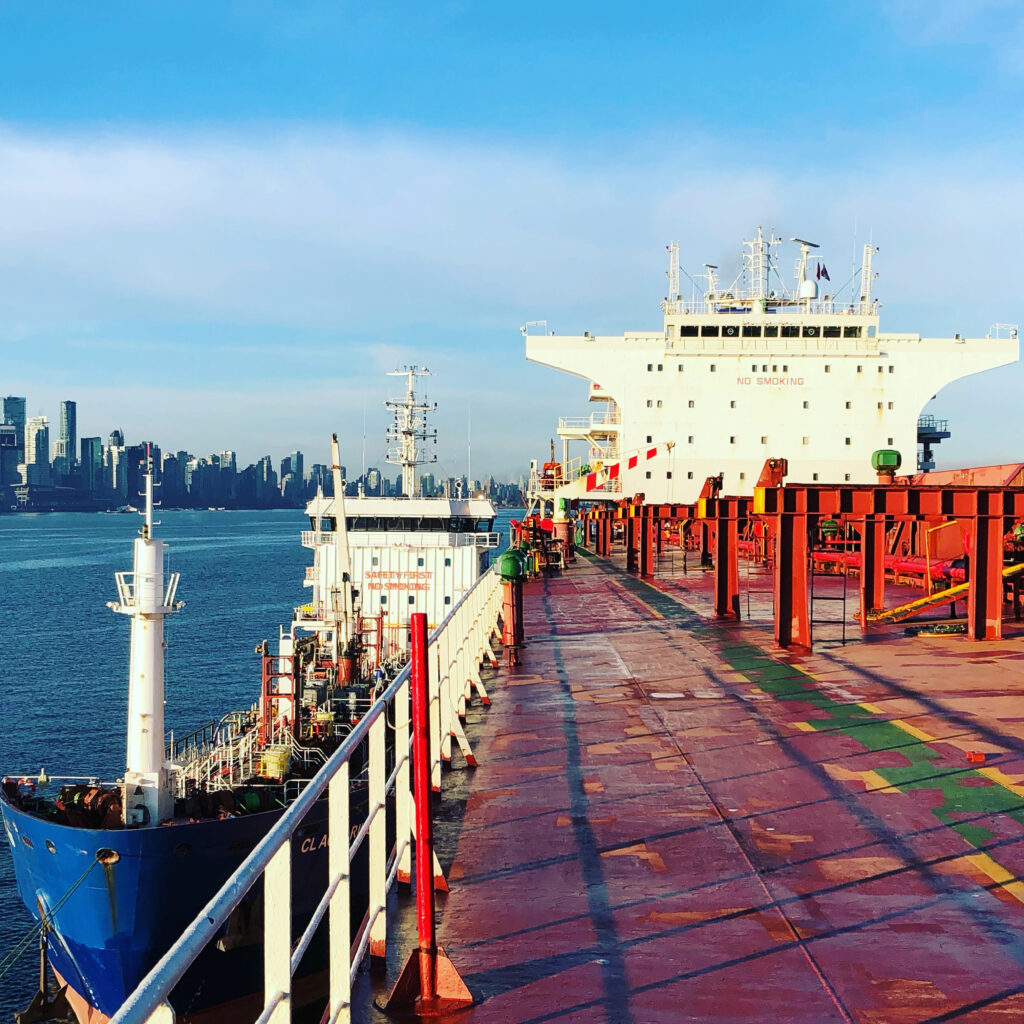Bunker Survey
The quantities of fuel and diesel oil are calculated for the time of survey. The vessel’s bunker, settling, and service tanks are sounded in the company with chief engineer. The calculations are performed using tables provided by the ship after making corrections for temperature trim and list.
Bunker Quantity Survey
One of the main reasons why bunker quantity surveys are important is to prevent fuel discrepancies. By carefully monitoring the bunkering process, any discrepancies in the quantity of fuel received can be identified and addressed promptly. This ensures that both the receiving vessel and the bunker supplier have an accurate record of the fuel transferred, minimizing the risk of disputes and potential financial losses.

Accurate measurement of fuel during bunkering is crucial for operational and financial purposes. A bunker quantity survey involves observing the bunkering procedure and calculating the fuel received by the receiving vessel and dispensed by bunker vessel/barge. The survey process includes conducting initial and final soundings of both the receiving and bunkering vessels, with the option to sample the fuel if requested. Photographs if requested.
Another benefit of bunker quantity surveys is the detection of possible fuel contamination. Sampling the fuel during bunkering allows for testing and analysis, ensuring that the fuel received meets the required quality standards. This helps to prevent engine damage and maintain the vessel’s performance.
Transparency and compliance are crucial in the shipping industry. Bunker quantity surveys contribute to these factors by providing an objective and independent assessment of the fuel transfer process. By adhering to international standards and industry best practices, these surveys ensure that the bunkering procedure is conducted in a safe and environmentally responsible manner.
